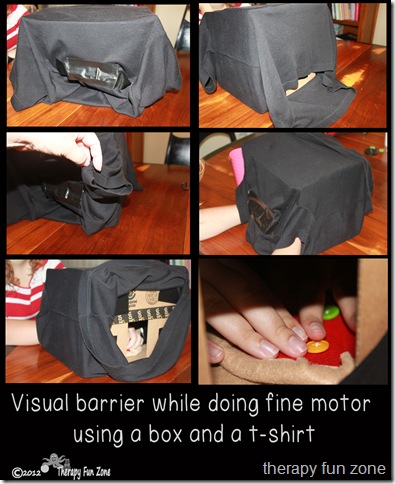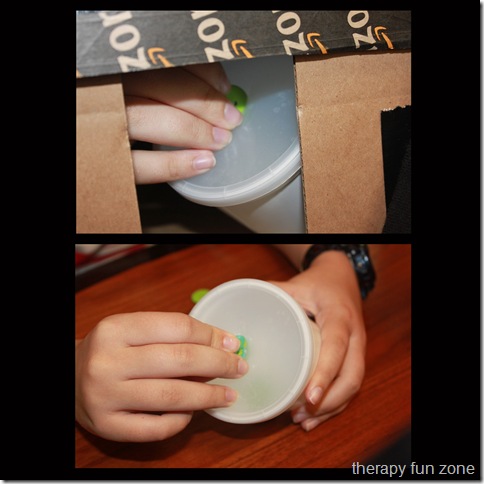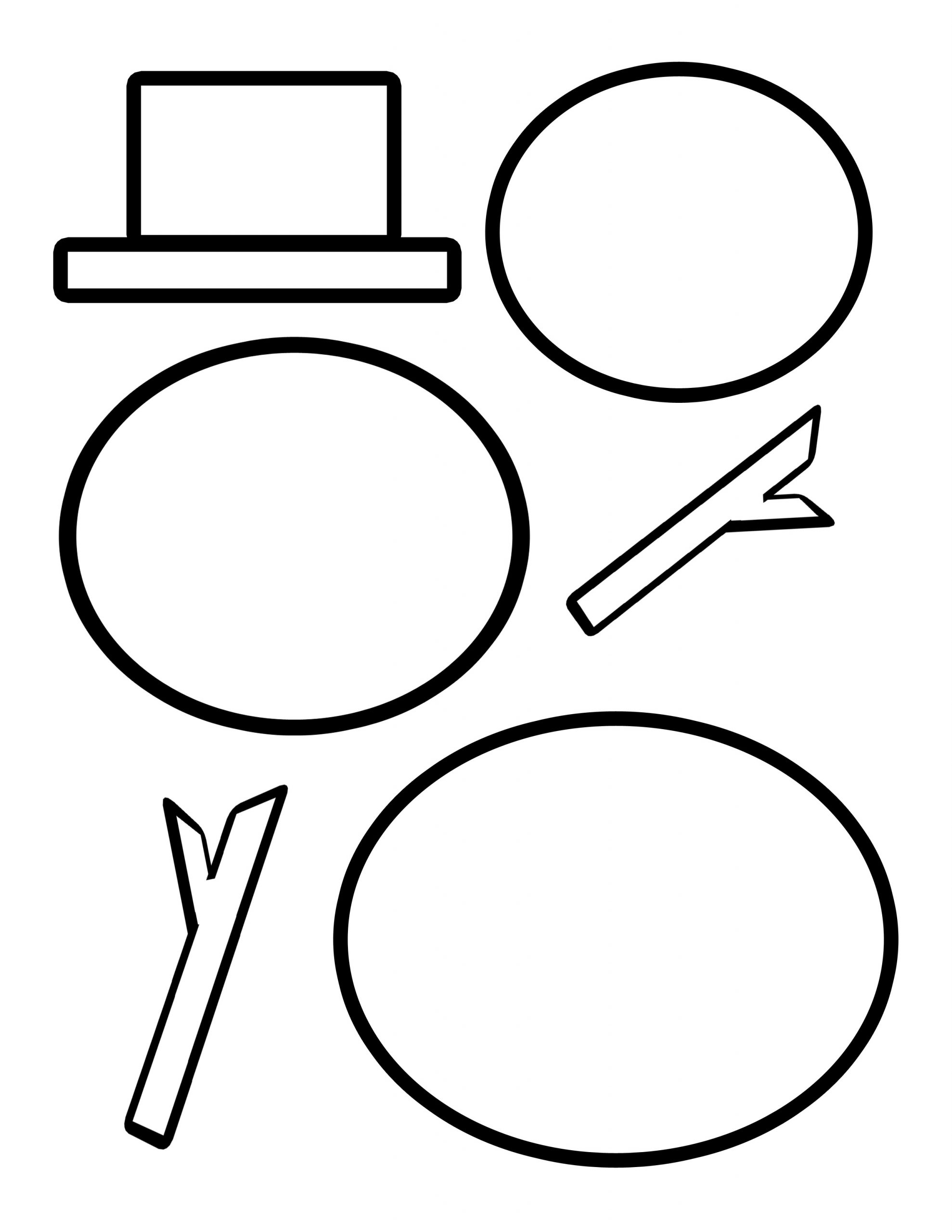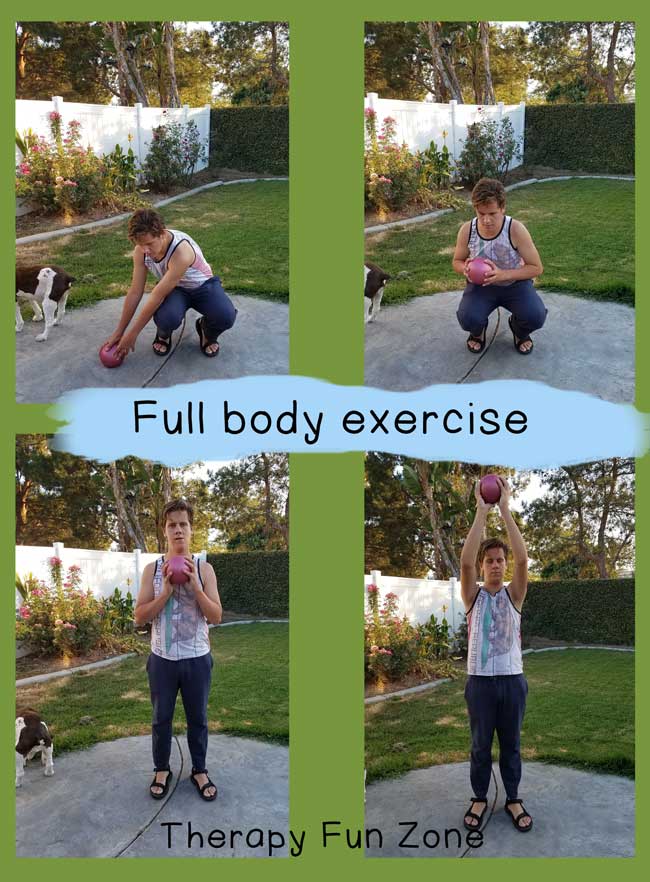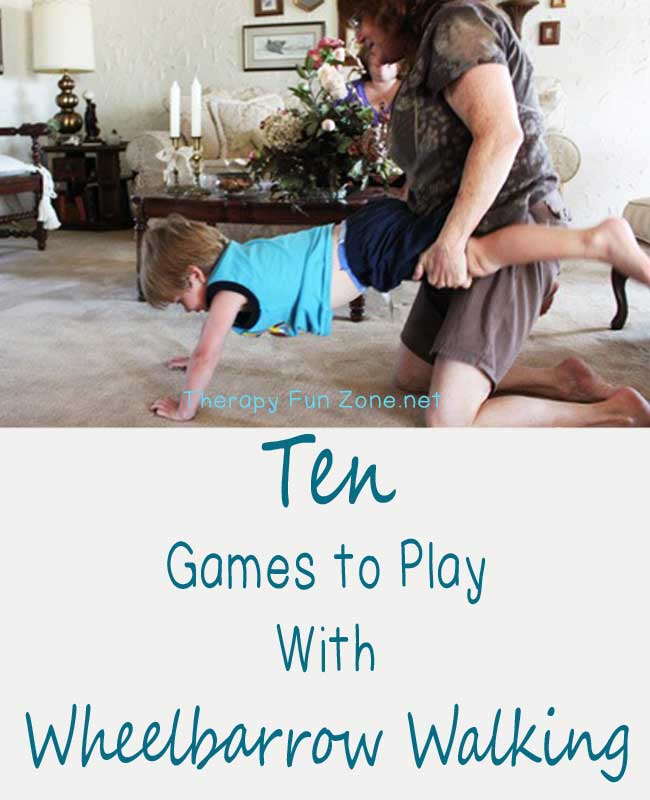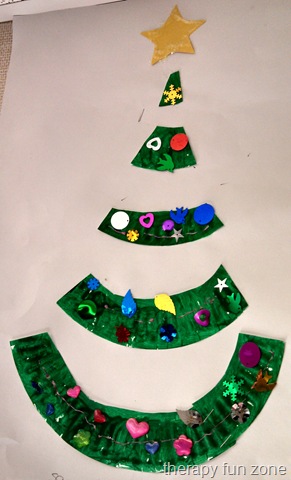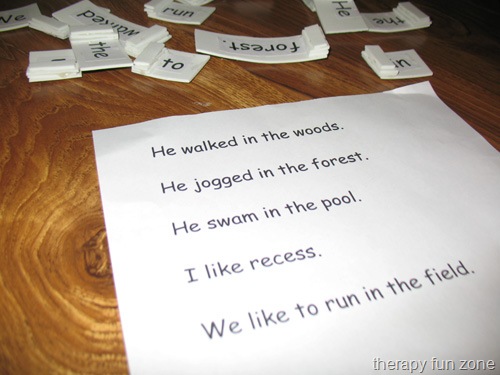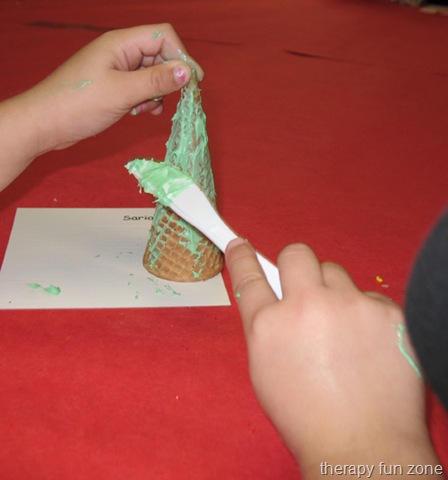Using a Visual Barrier When Doing Fine Motor Tasks
This post may contain affiliate links.
The other day I was having a student practicing fastening some buttons, and he was very focused on tugging and pulling, and was not feeling the fabric and button with his fingers. I then covered his hands to try and get him to just feel where the button hole was and try to get the hole to slide onto the button just by feel. Of course, when you try to keep someone from looking at what their hands are doing, they will always try to look at what their hands are doing.
I had an Ah Ha moment, and got a box that was laying around, duct taped one side open, and the other side partially open, then I put an old T-shirt over the box. I duct taped the head hole closed so that the student could put their hands through the arm holes and work on fine motor tasks inside the box with no chance of peeking.
I left the back of the box partly open so that I could see what they were doing and give encouragement and advice while they were working. I did some buttons pushed through a slot, and I had some students take apart the oreo button food and then put them back together again without looking. It was a great activity, and I can see myself doing a lot of different activities without looking at your hands. It is good to develop the sense of touch when working on fine motor skills, and I think I may try some shape puzzles too.
Materials:
- Box
- Duct tape
- t-shirt
Skills:
- Fine motor
- Stereognosis

